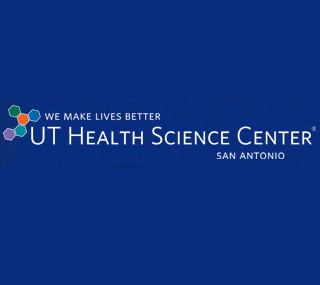
An interesting study conducted at The University of Texas Health Science Center at San Antonio in mice with accelerated muscle loss shares more details on this. The study suggests that less protection from antioxidants and more damage from oxidative stress may lead to in impairment of the cells’ energy centers. This in turn could slowly result in death of muscle cells.
The scientists associated with this study discovered that the absence of a certain antioxidant enzyme to balance the formation of harmful reactive oxygen species (ROS) may lead to improper working of the cellular energy centers called mitochondria. Probably releasing factors which result in cell death, mitochondria could even be adding to the series of ROS molecules. These findings were put forth by a team directed by Holly Van Remmen, Ph.D., associate professor with the university’s Barshop Institute for Longevity and Aging Studies and the Department of Cellular and Structural Biology.
“The impaired function of mitochondria also has a detrimental effect on the way motor neurons ‘talk’ to the muscle to achieve muscle contraction,†Dr. Van Remmen remarked. “This interaction occurs at a specialized synapse where the nerve and muscle come in close contact.†This key structure is called the neuromuscular junction, she said.
Mice that were genetically engineered to lack an antioxidant enzyme called copper-zinc superoxide dismutase were examined. Youngmok C. Jang, Ph.D., a leading author in the study who investigated these mice then pitted their mitochondria against those from normal mice. Apparently he observed lowered function of the energy centers in the mice that were enzyme-deficient. As per, the scientist, this contributed to increased cell death and muscle atrophy in the rodents.
“As a result, their muscles were a lot smaller and weaker,†Dr. Van Remmen further mentioned.
With insights about muscle loss, scientists could probably better comprehend other neuromuscular diseases. These include conditions like amyotrophic lateral sclerosis (Lou Gehrig’s disease).
“Age-related muscle atrophy is a complex process and involves multiple systems,†Dr. Remmen added. “There are, however, common mechanisms occurring in sarcopenia and other neuromuscular diseases. By understanding the mechanisms underlying age-related muscle atrophy and alterations at the neuromuscular junction, we should be able to gain insight that will help us to discover new therapeutic interventions.â€
And the apparent good news is that the development of a muscle-preserving therapy may help young men in the future generations to keep their muscle shirts a bit longer.
This paper was published online by The FASEB Journal on Dec. 29, 2009.
